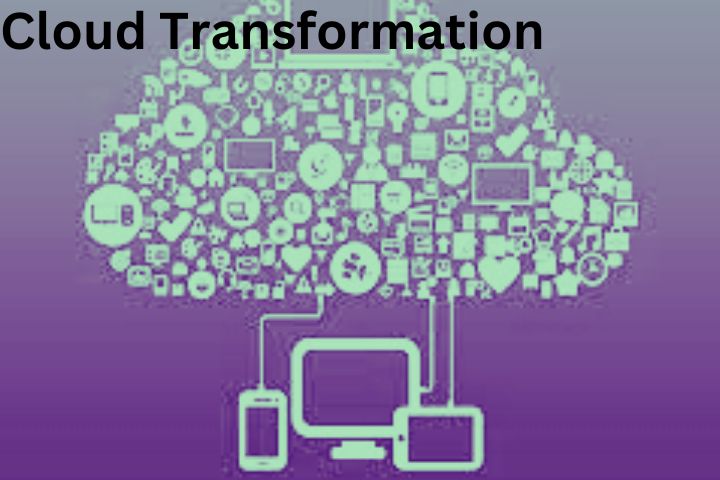
No software project is like the other. That has always been the case, and of course, it also applies in the cloud and container technology age. Therefore, there is no standard formula for optimizing container management.
When the Docker container technology was released in March 2013, the Linux community used containers for over ten years. However, Docker’s ease of use and functionality made containers mainstream.
A success story that now – again ten years later – has produced some best practices. With the following five steps, developers and administrators can streamline container management.
Carefully plan the client and responsibility model.
The question of the number of logical clusters used often becomes a crucial question when orchestrating container technology: while some administrators believe that one large cluster is sufficient for all projects, others believe that one cluster per project is sufficient.
There is no uniform answer to the question since the solution depends on individual needs or preferences, the tools used, and their properties. Early and careful planning of the responsibility model is important.
IT departments must determine which part of the infrastructure, tasks each project team is responsible for and whether this domain can be isolated. If responsibilities overlap,
Container technology: push resource management
Container orchestration tools like Kubernetes make a strict distinction between the software to be operated and the hardware on which it runs. They, therefore, initially accept instructions for scheduling workloads in general – regardless of whether the necessary hardware resources are available for the processes.
This makes capacity planning difficult for administrators. It is, therefore, necessary that the respective workloads explicitly declare the resources they require. Only in this way can orchestration tools optimally distribute resources.
This is particularly important for the protection of regularly running containers. Containers without declared resource requirements are potentially dangerous for all other workloads running on the same hardware.
Use automation in container technology.
The orchestration of the container technology has many advantages, for example, a very flexible and reliable operation. An important aspect, however, is that the developers of Kubernetes and other tools had automation in mind.
Therefore, infrastructure management via infrastructure as code, containerized continuous integration pipelines and deployments via GitOps, among other things, are now possible.
The various automation options reduce the manual effort and improve reliability – in the long term, even the traceability of configurations and their changes in operation. Therefore, the clear recommendation is to automate as much reason as possible.
Always keep safety in mind.
Container images contain the software to be executed and various components for its functionality, such as libraries. This is a great advantage and makes many things easier, but it also comes with a responsibility: administrators must keep these components, like the software itself, up to date – not only in their base or sample images but also in the vibrant images currently in production.
This is the only way they can close any existing security gaps and eliminate bugs. Therefore, IT teams must define processes that inform them of necessary updates and determine how updates will be rolled out.
Be wary of public image registries.
Registries like the Docker Hub are popular sources for all sorts of container images – this is where many groundbreaking ideas have been tested and developed. However, companies, in particular, should use these publicly accessible collections with open-source software with caution because the range of quality is wide.
In addition to highly professional images from software manufacturers, there are also suspicious packages that are better left unnoticed. A private image registry, curated by people with expertise in the field, is a better alternative to using images from public sources.
The management of container technology often presents administrators with new challenges. “They mainly result from the special characteristics of the operation of the container technology. Companies should follow established best practices when setting up container platforms and managing them. In this way, they can benefit from the practical experience of other platform teams.”









